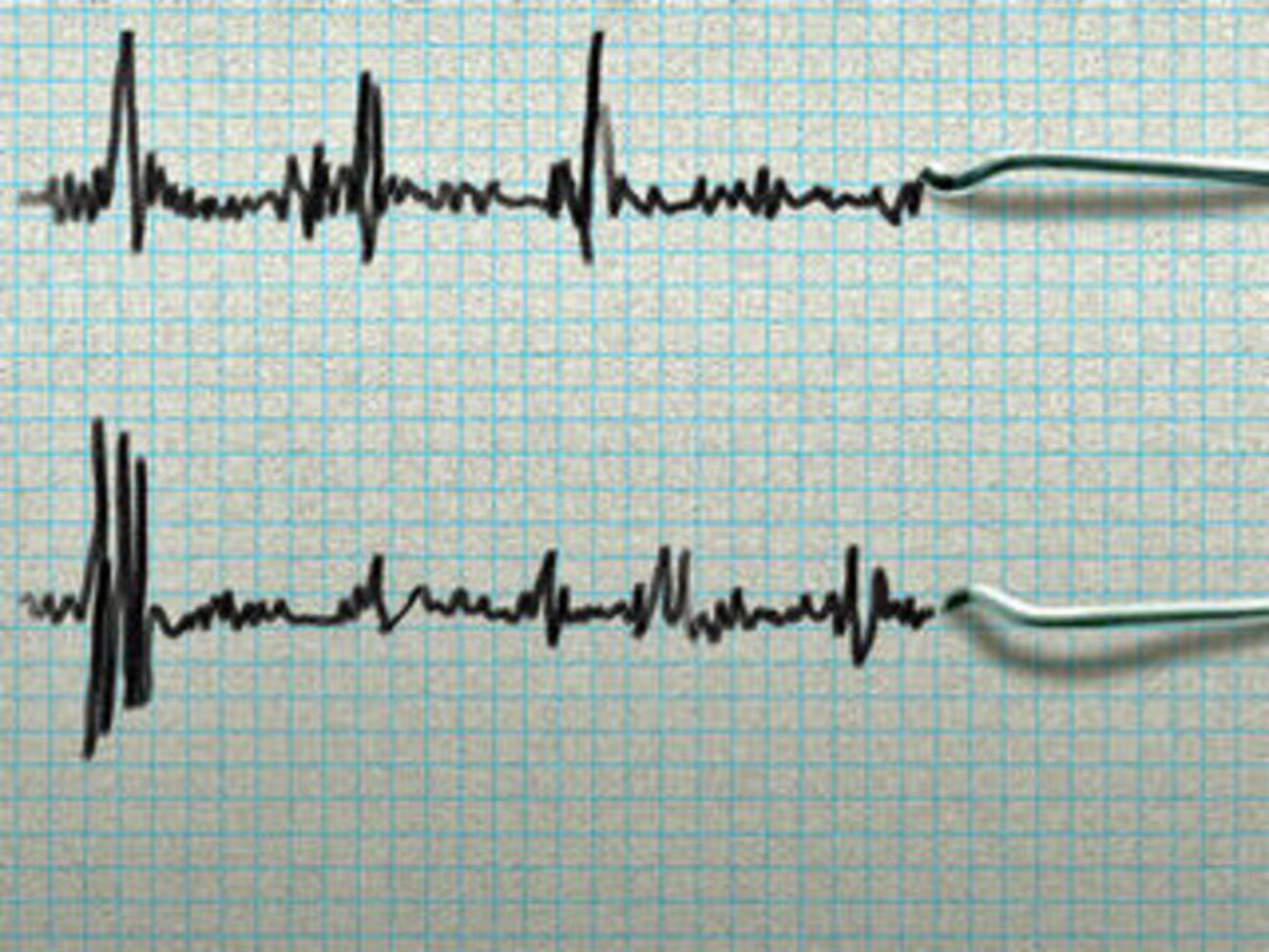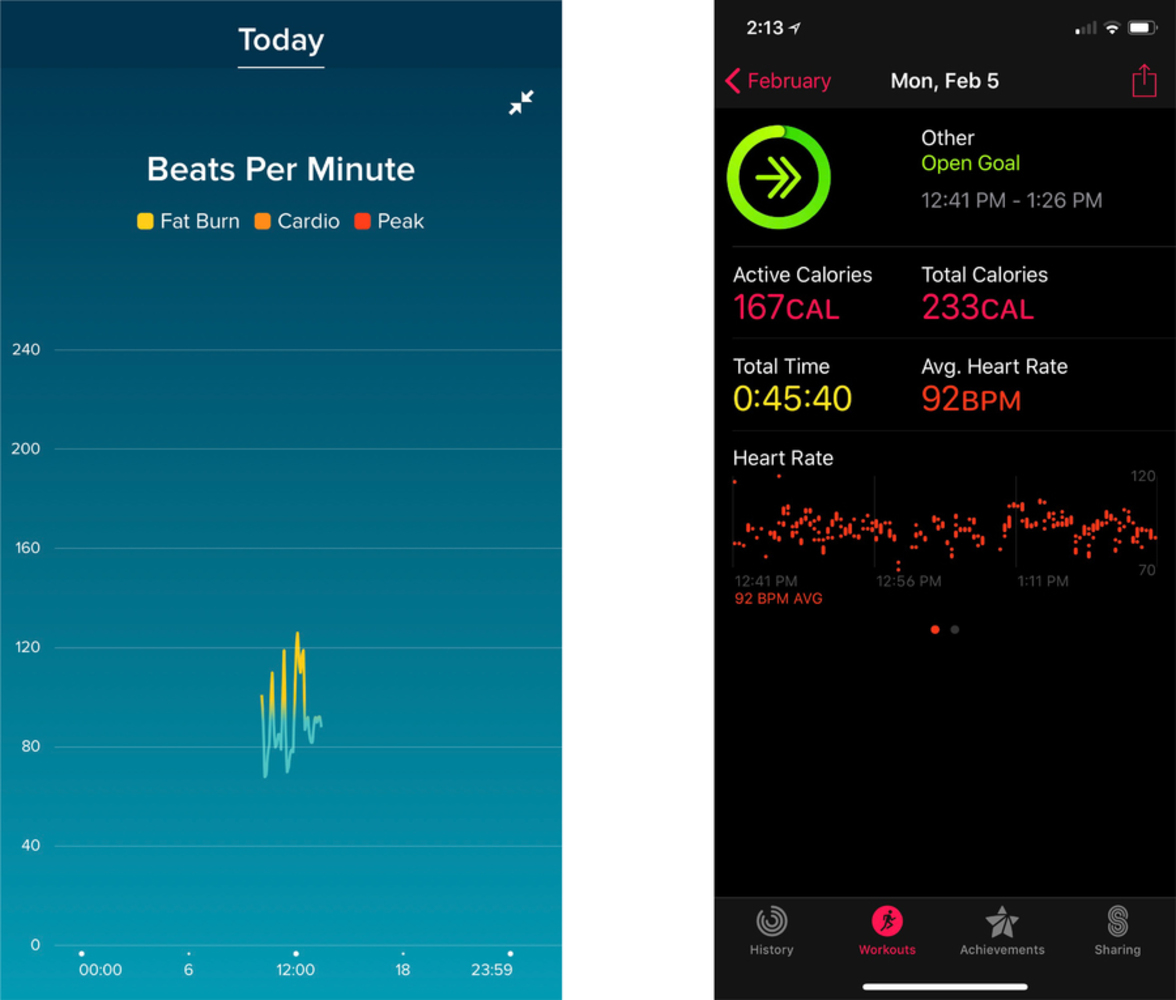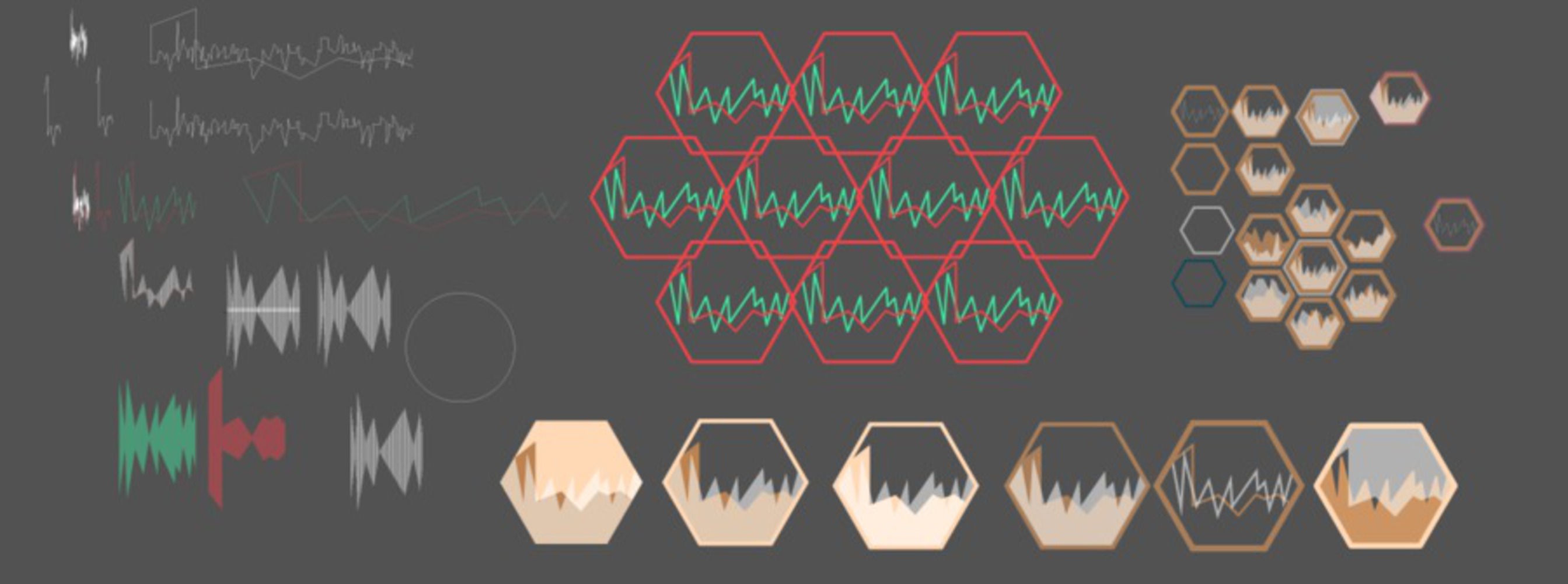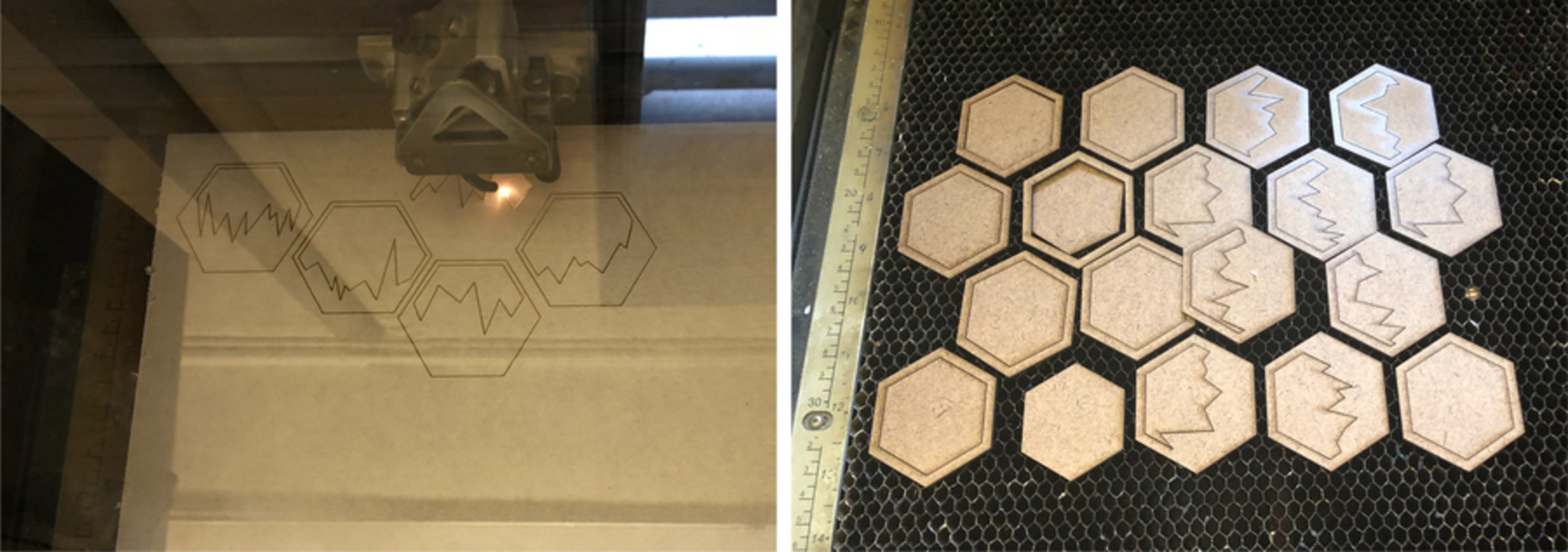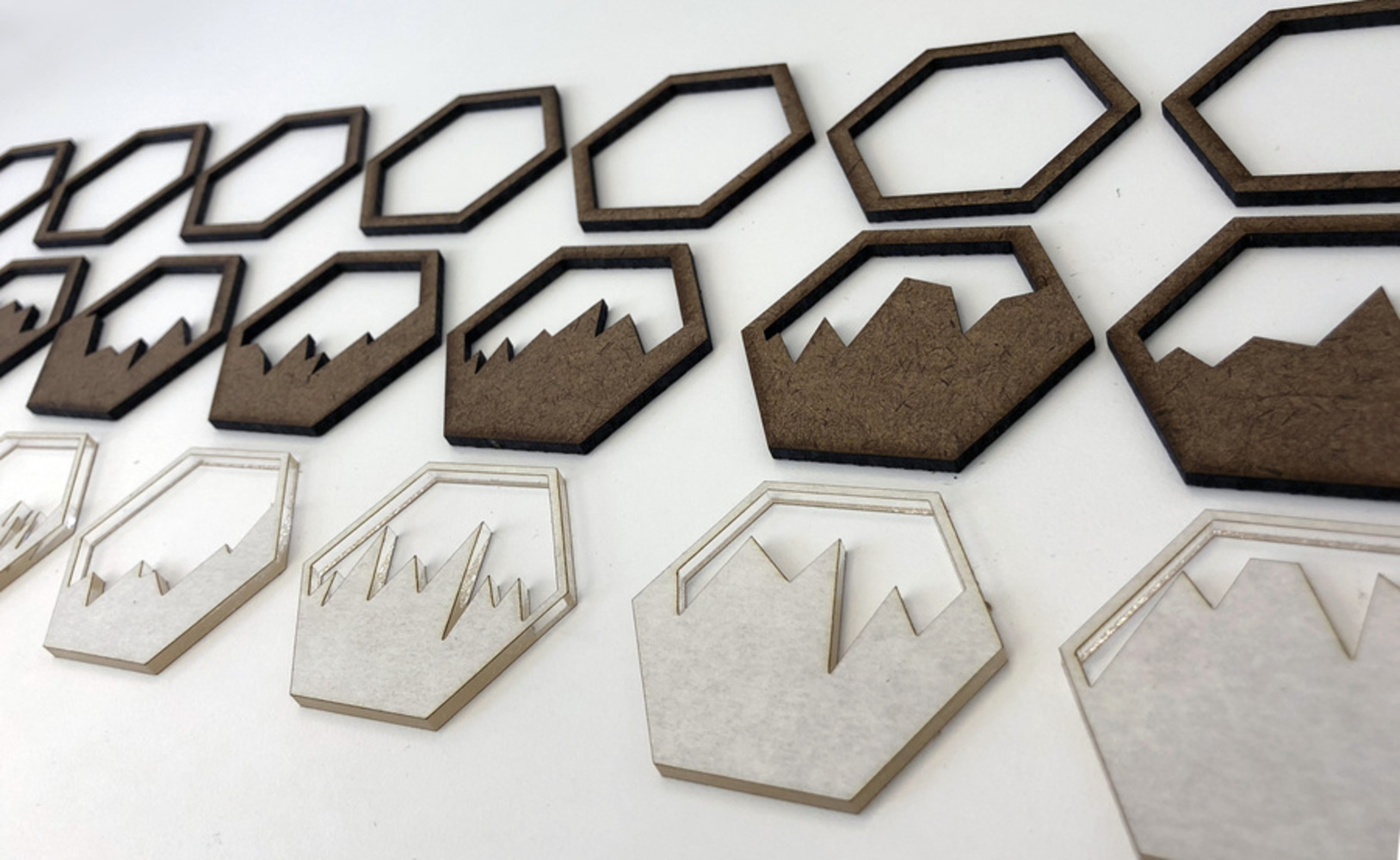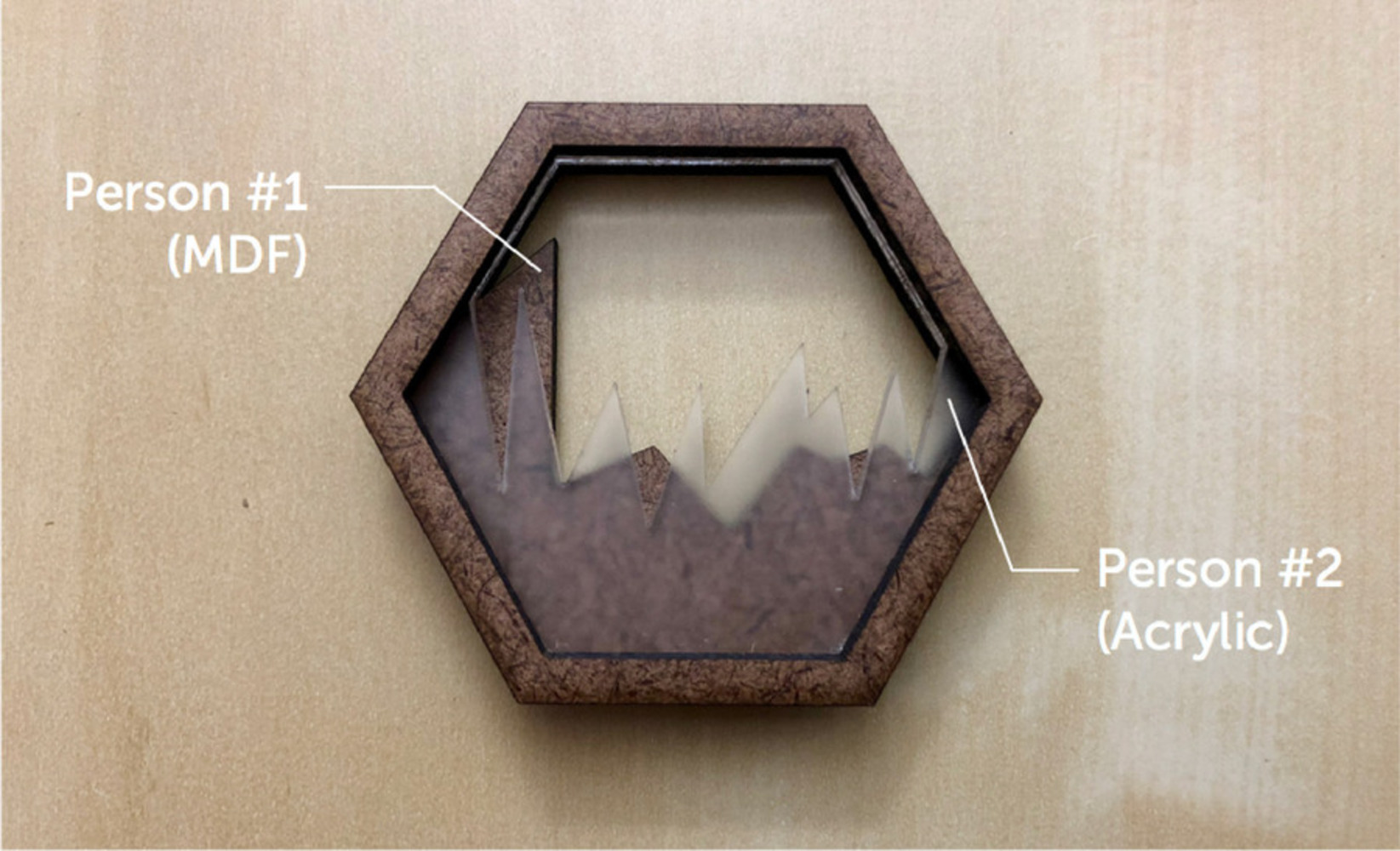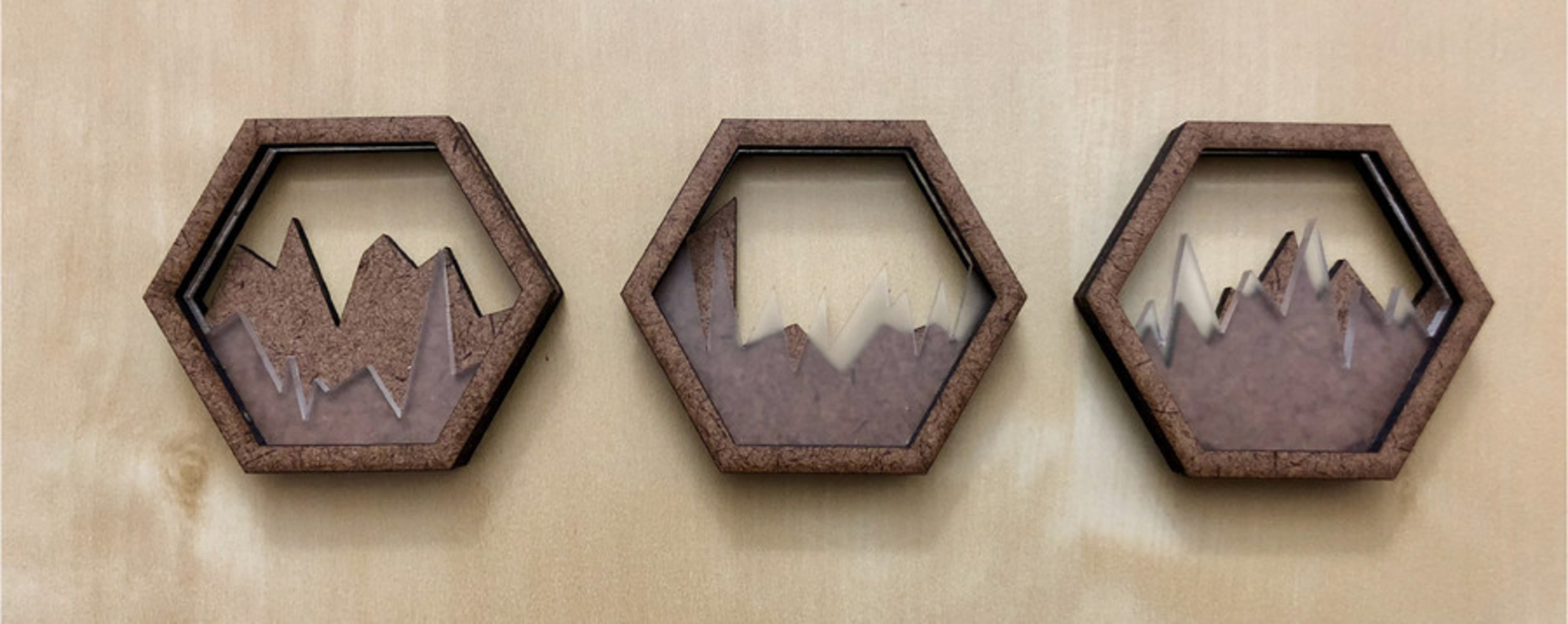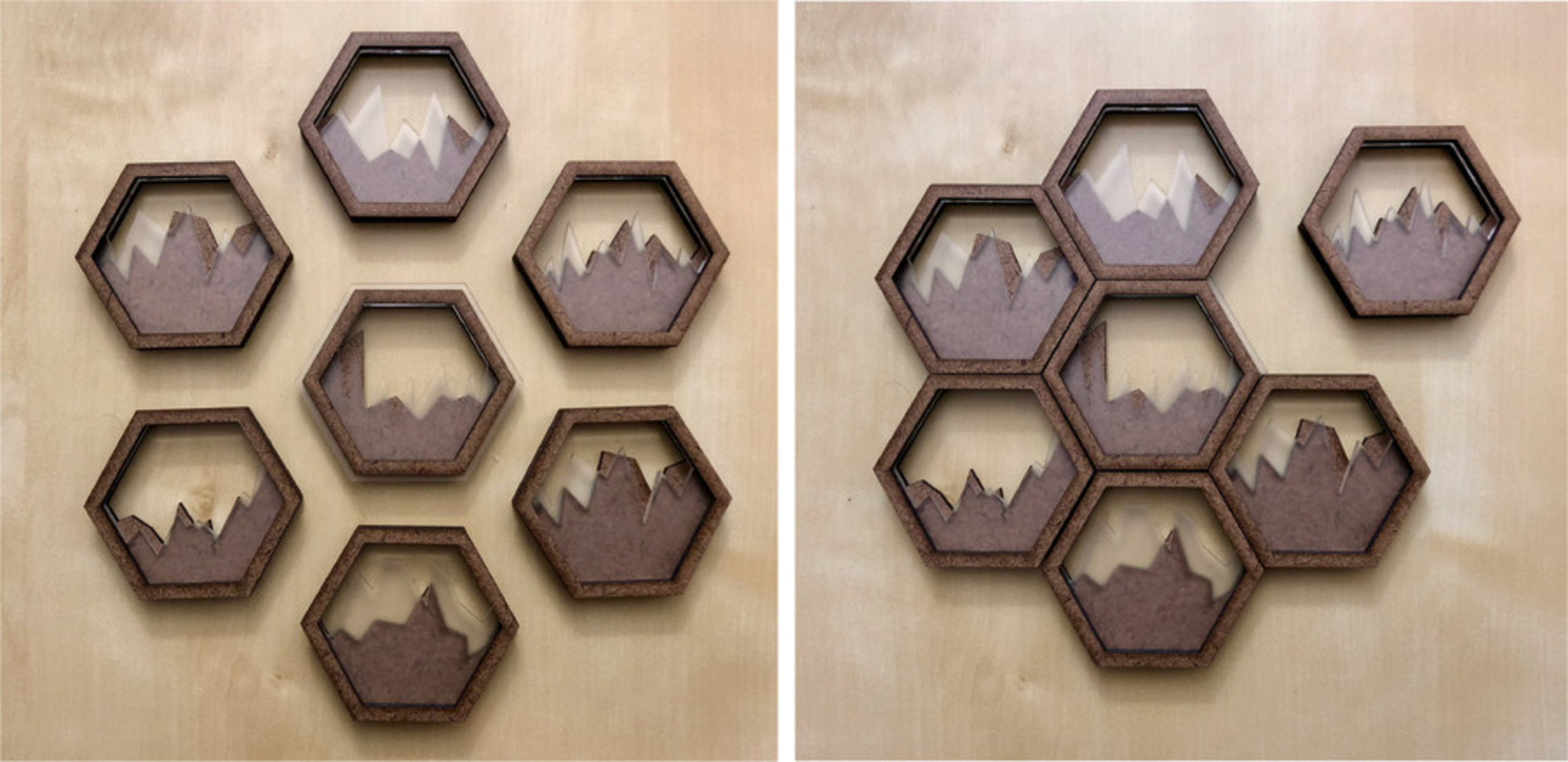Proposal
People experience the same event differently: meaning a shared experience can evoke different emotions from its participants. Especially when with people that we hold special relationships with (such as friendships, romantic relationships), how truthful are we of our emotions? How aware are we of others’ emotions?
For this investigation, I want to look into how to create representations of shared experiences that include equal inputs from their participants. I will specifically explore this through couples.
Whenever couples are experiencing an event together, personal wearables will keep track of data on their emotional changes throughout the time spent together by generating emotions timelines.
